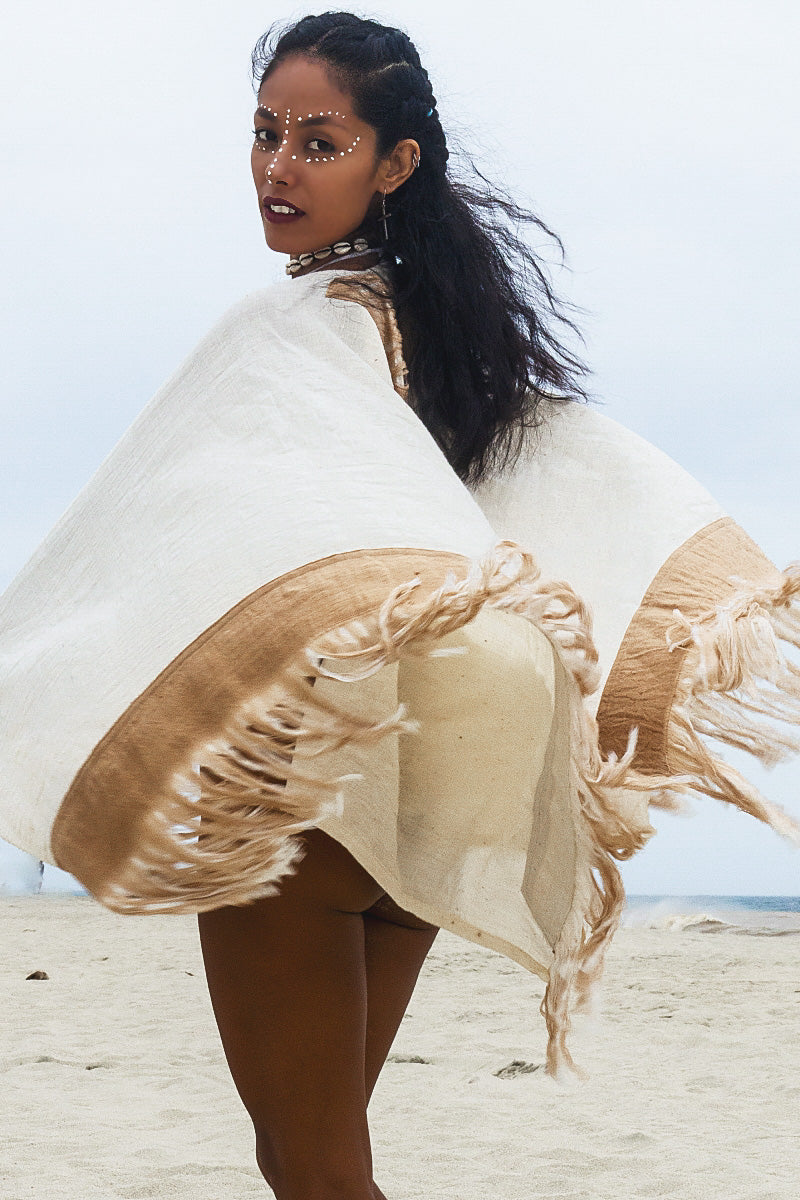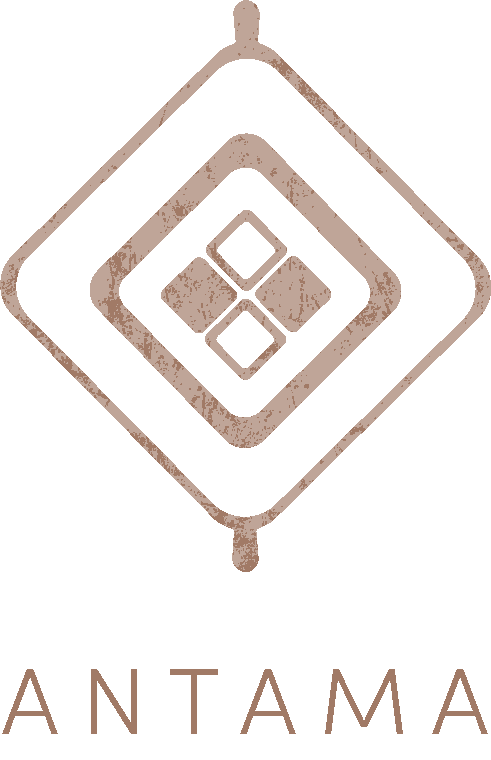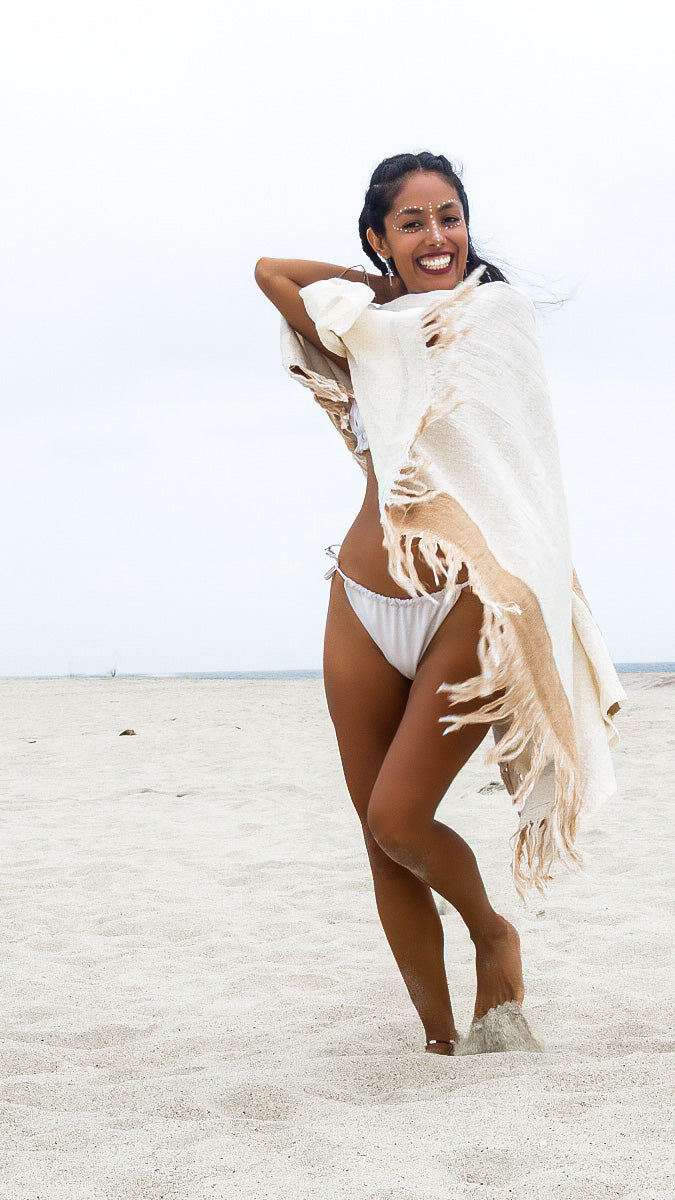Esta tienda requiere que JavaScript esté habilitado para que algunas funciones funcionen correctamente.

- Description
- Eco Dyes
- Vision
- Washing Instruction
- Note
Antama “Ruana Xipatlani Blanca“
Poncho de talla única. Abierto por los lados y por delante.
100 % algodón. 50 % algodón orgánico local de la mejor calidad. 50 % suave. Algodón egipcio.
Disponible en colores: gris, blanco y ocre. Los encontrarás listados por separado.
"¡Ven a volar conmigo!"
Dato curioso: ¿Sabías que Xipatlani significa “volar” en náhuatl?
¡Abraza tu espíritu libre y salvaje con nuestro poncho Ruana! Envuélvete en esta pieza mágica e imagina que tu espíritu se eleva alto y sin límites a través de los planos de la existencia.
Los mejores materiales disponibles para la salud de tu piel
Esta línea de ponchos está hecha con la intención de utilizar los materiales más puros disponibles.
Esto parece…
Algodón orgánico y nativo cultivado localmente, hilado a mano en nuestro pueblo local.
El algodón egipcio está teñido con tintes naturales y tejido a mano en un telar de pedal para crear esta tela única.
La textura rústica proviene del hilo hilado a mano en una rueca charkha por las mujeres y le da una sensación especial.
Todos nuestros productos se producen de forma ética y apoyan la vida en zonas rurales mexicanas, proyectos comunitarios locales y la partería.
Beneficios
- Tejido a mano
- 100% algodón
- Tintes naturales
- 100% hecho a mano
- No tóxico
- Tejido en telar de pedales
- Materiales 100% biodegradables
Medidas aproximadas:
Largo hombro-cola: 65 cm / 25,6 pulgadas
Ancho: 59 cm por cada lado + flecos 18 cm
/ 23,3 pulgadas de cada lado + flecos de 8 pulgadas

ECOLOGICAL COTTON:
The cotton used is native to the Costa Chica of Oaxaca and Guerrero. It is heritage white and coyuchi cotton (brown color) from 35 small producers from 12 coastal communities of Oaxaca. The farmers participate in a program for ecological production and the increase of biodiversity in their plots.
NATURAL DYES:

GRAY
The gray color is obtained from the acacia trees pods (huizache).

BROWN
The brown color comes from the oak bark. The bark is collected in the forests of the Sierra Sur. It is very similar to the color of the naturally colored cotton we use called coyuche.
More about the textiles:
We purchase the textiles from a project that has the idea to participate in a meaningful, culturally appropriate, sustainable artisanal production that supports rural life through cottage industry.
VISION
THREAD
At present, there are 200 women from the villages and ranches of San Sebastián Rio Hondo who remove with their hands the seeds of cotton brought from the coast, card and spin it, all by hand using spinning wheels in their homes.
Local carpenters reproduce the wheel designed by Gandhi so that each artisan has her own.
There are two types of handicraft fabric applied in the village: Pedal loom and waist loom.
Washing instruction:
- Wash Separately
- Hand wash/ Delicate Wash
- Water 30 ºC
- Mild neutral Liquid Soap
- Dry in Shade, Flat Dry (please note the possibility of color leaking)
- Iron Damp On Low
- No Bleach, No Tumble Dryer
- Keep natural dyed products out of direct sunlight. When drying outside please dry in a shaded area.
- Please make sure detergent or soap does not come into direct contact with the dyed material. Dissolve in water first.
- Do not use bleach. Some household detergents contain bleach so please check before use.
- Please be careful around acids, most of the dyes can react to acid.
- It is possible some of the dyes will change color when they come in contact with iron or copper while wet.
Handwoven apparel are artisan crafted by hand from start to finish and might change slightly in size or color, contain some weavers knots, pulls or other signs about handwork. The color of naturally dyed textiles is not always equal on the whole fabric but can be darker or lighter in some parts, it can also fade when washed. Each thread dyeing and weaving also creates slightly different piece, so each cloth is unique.









